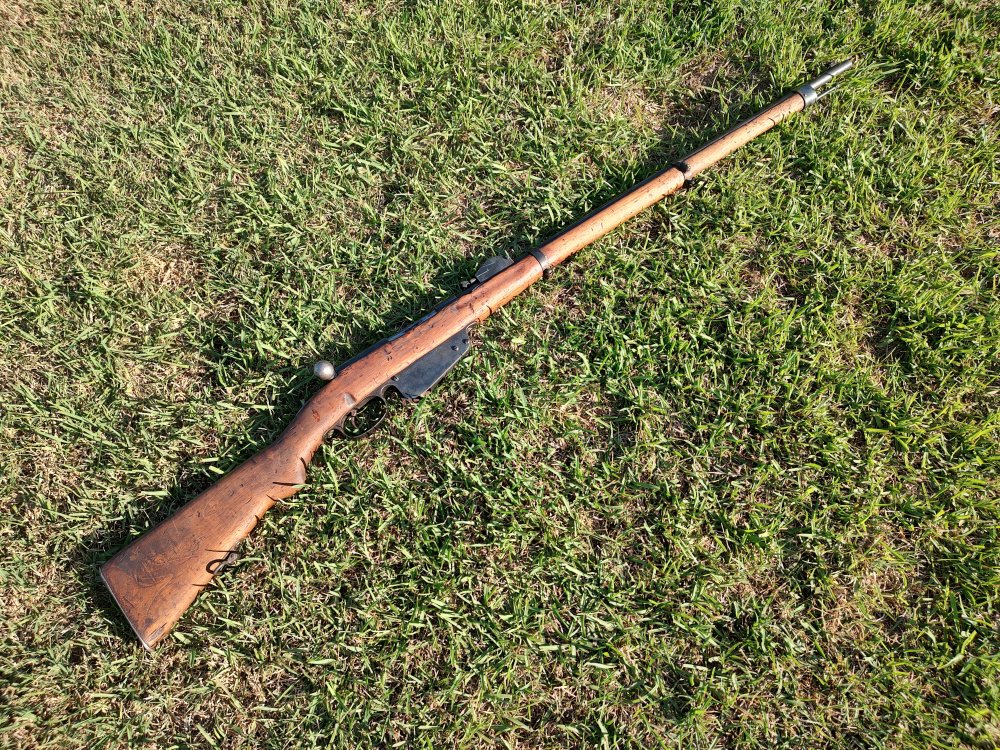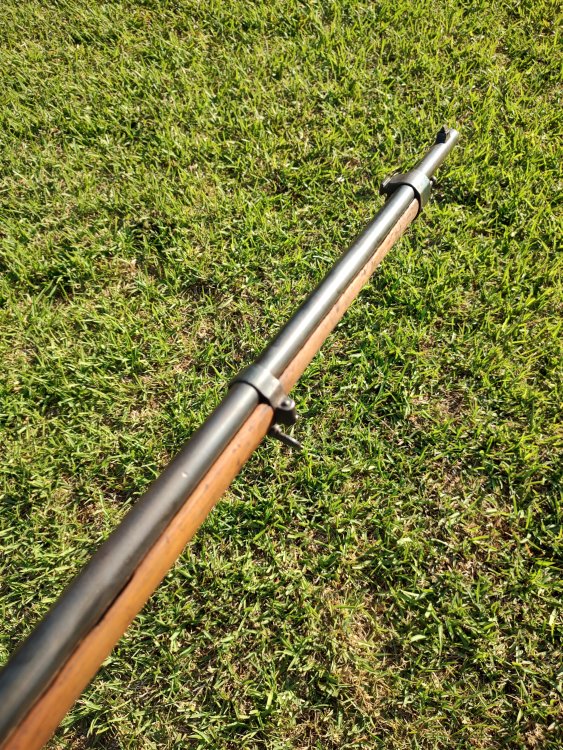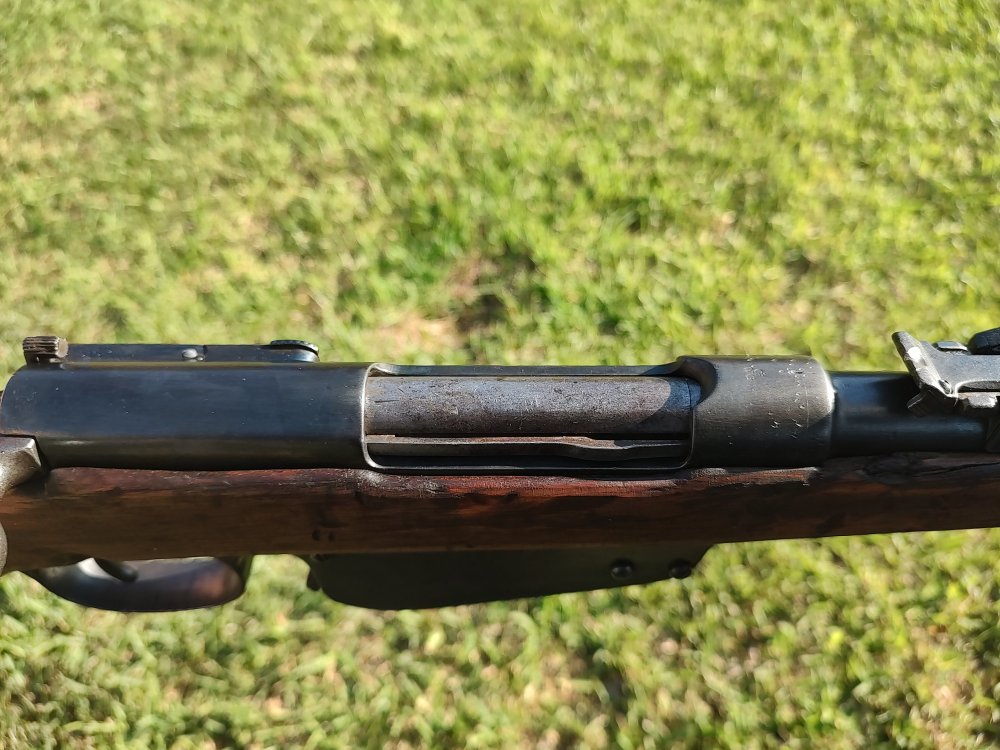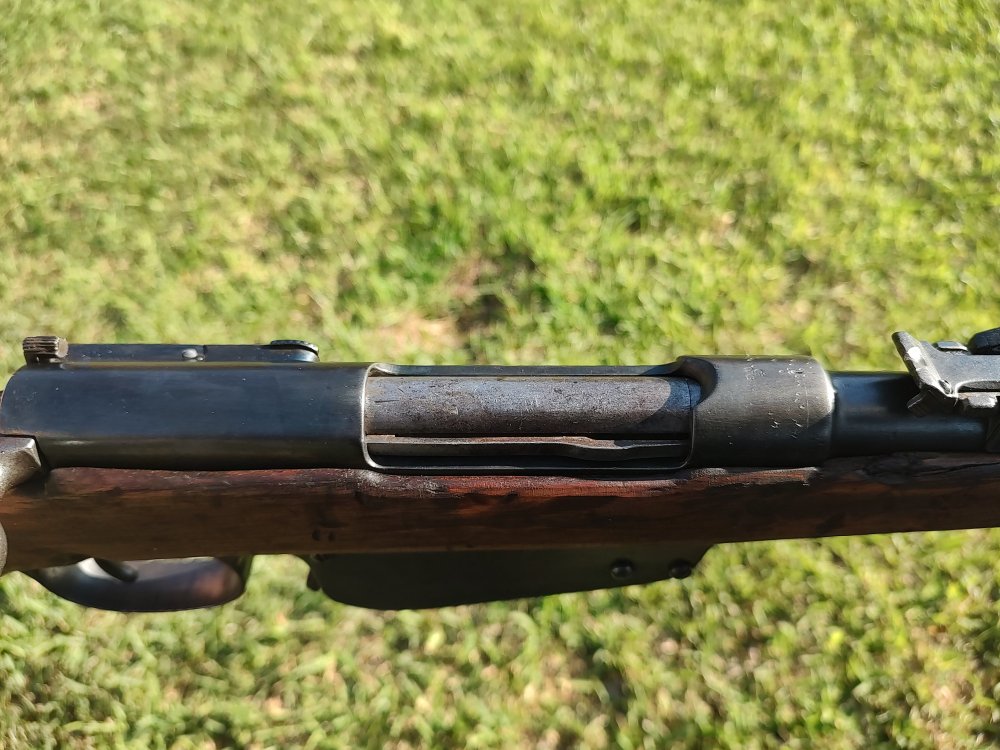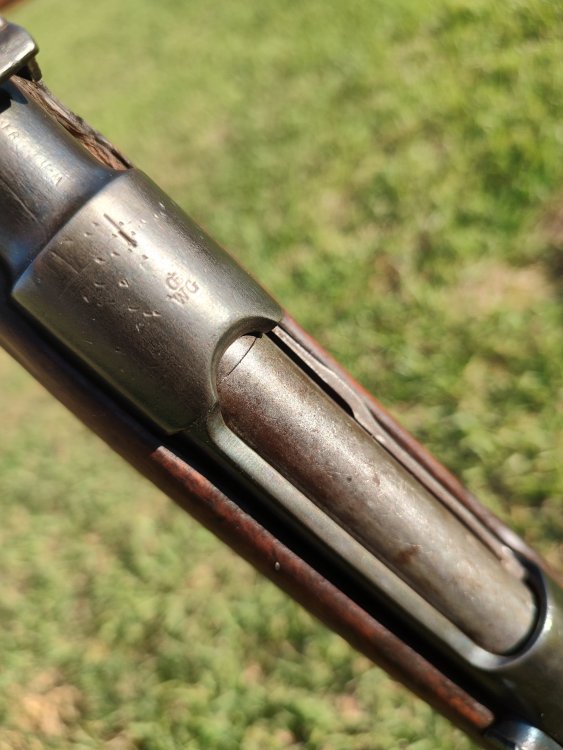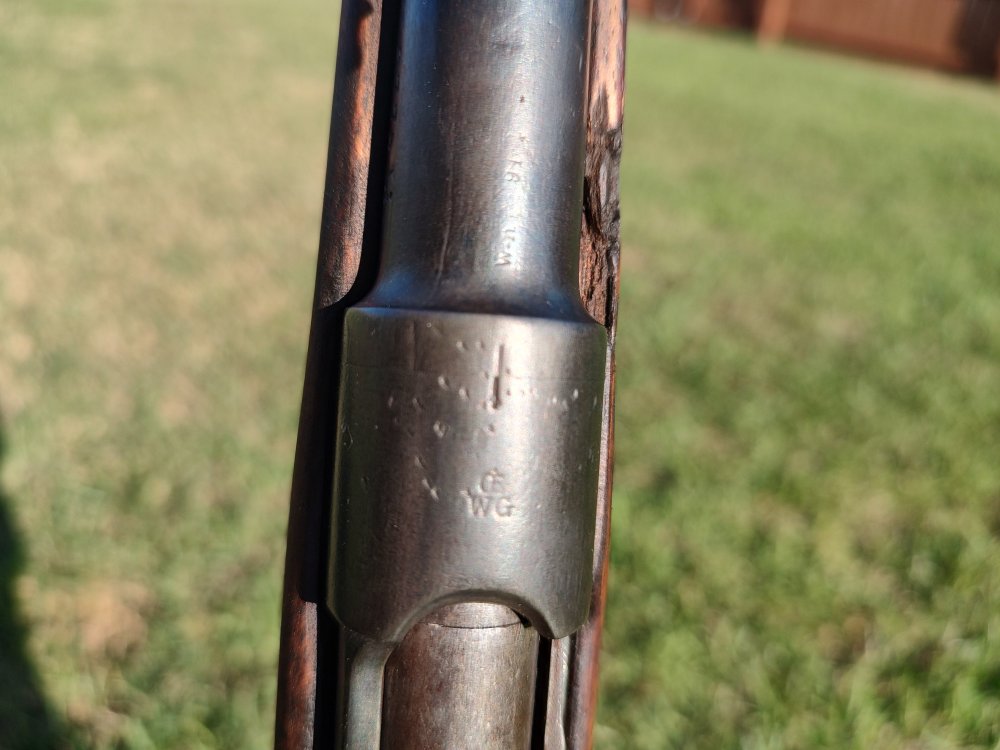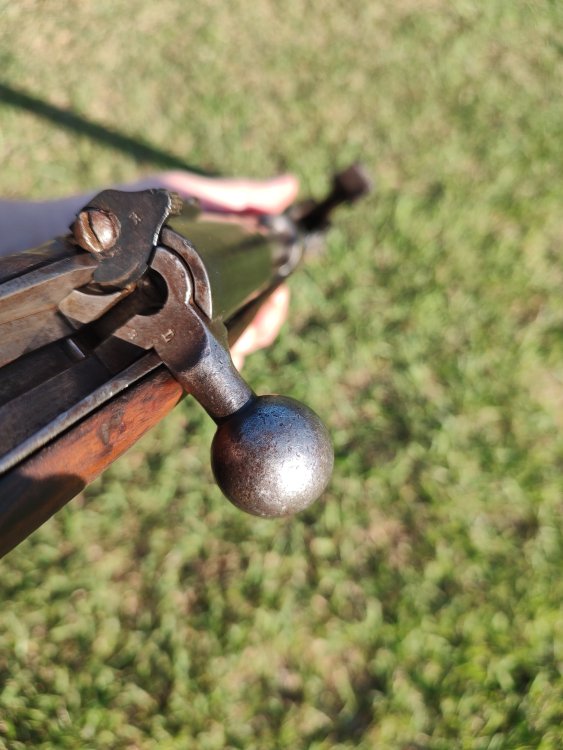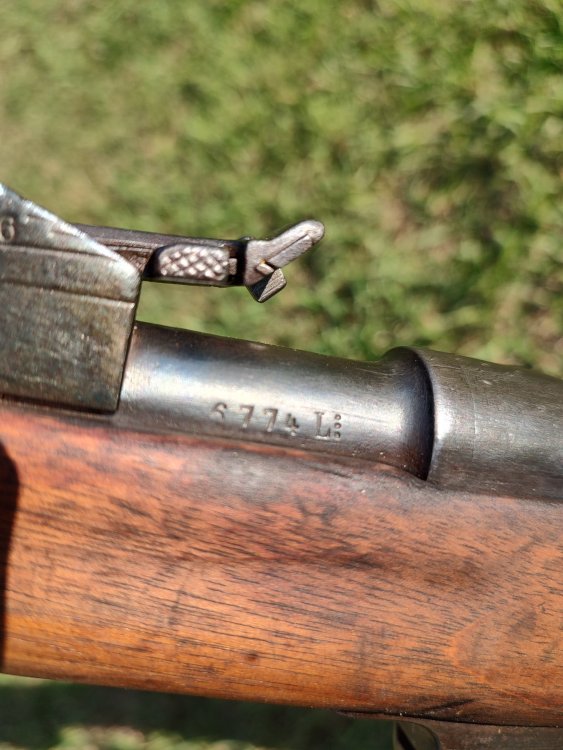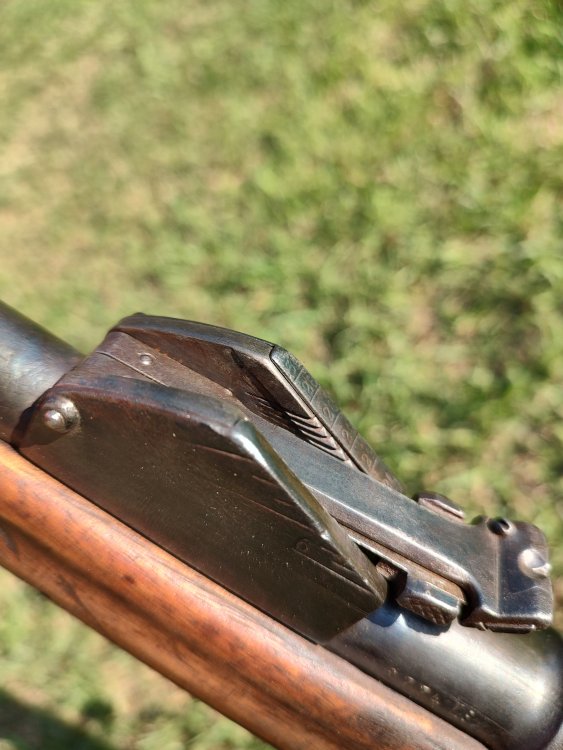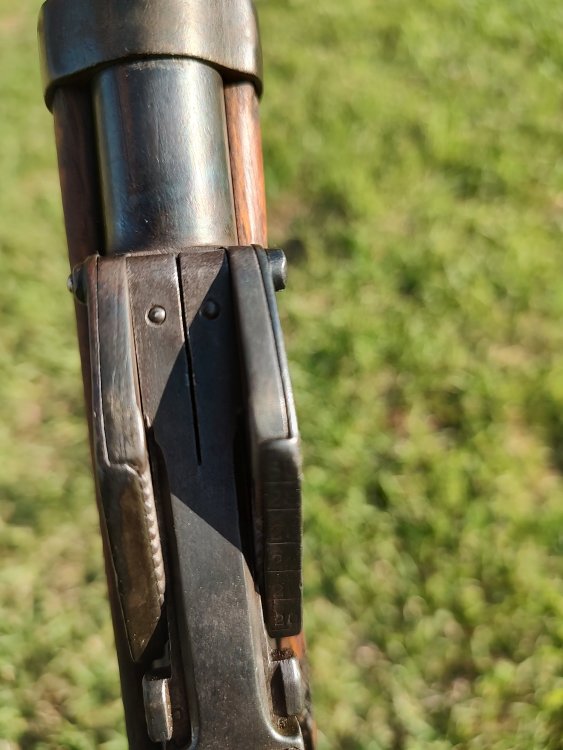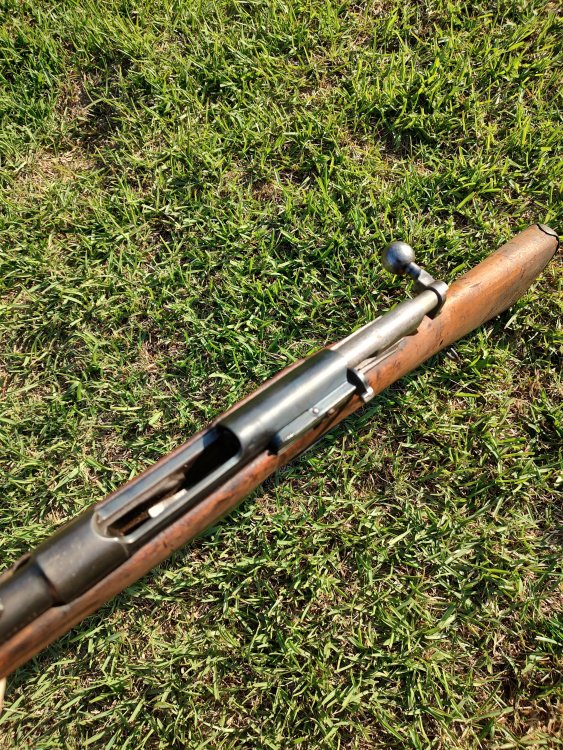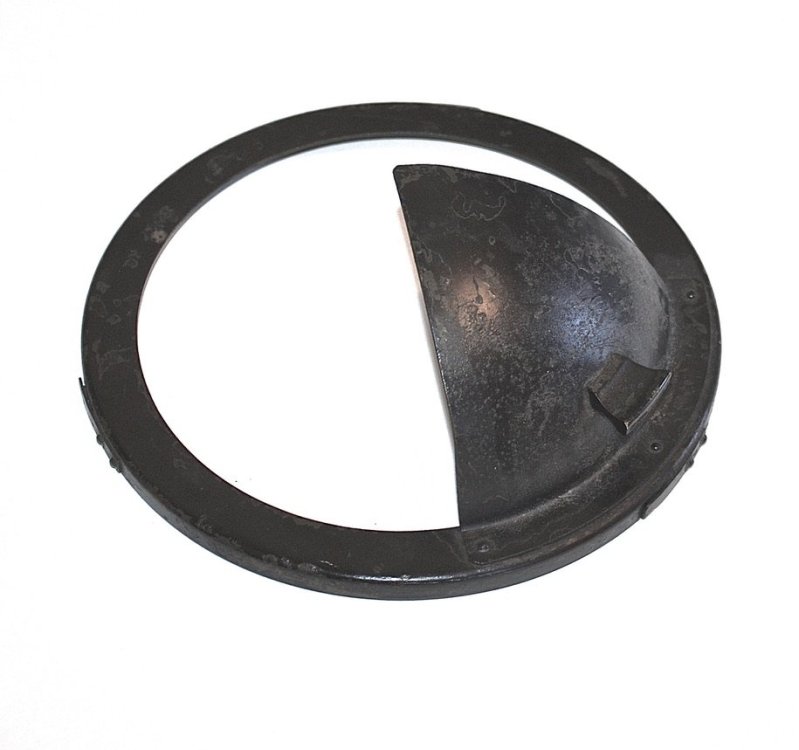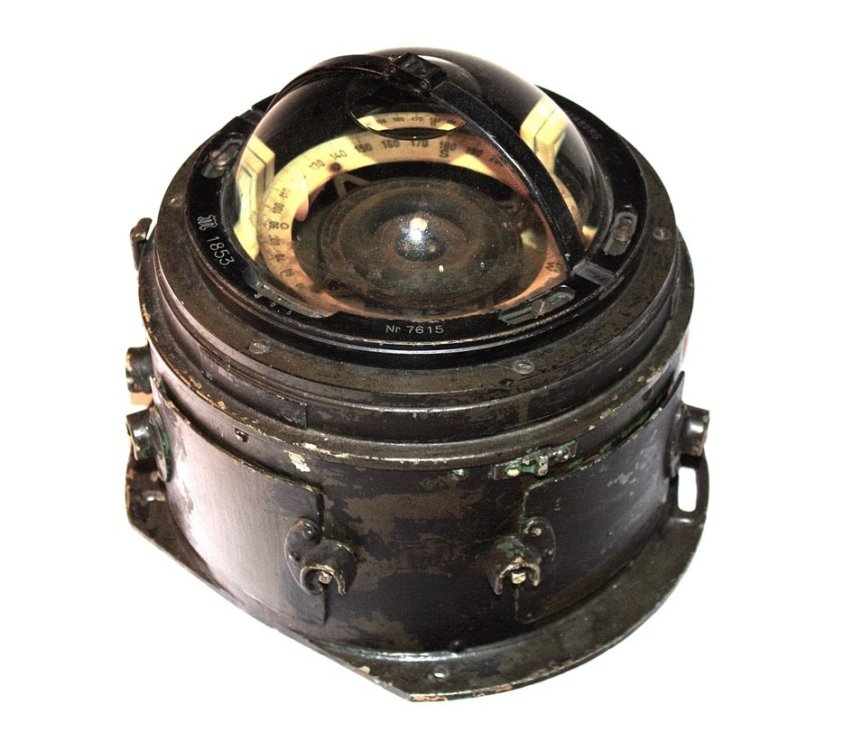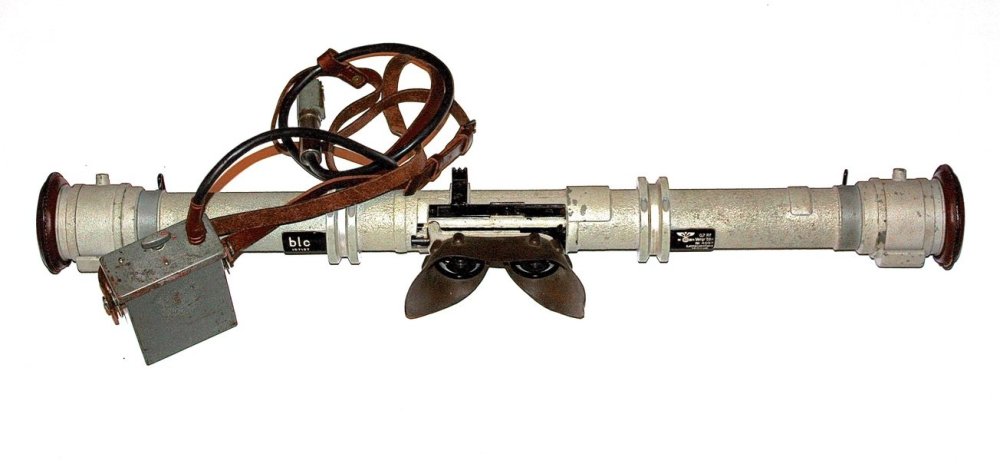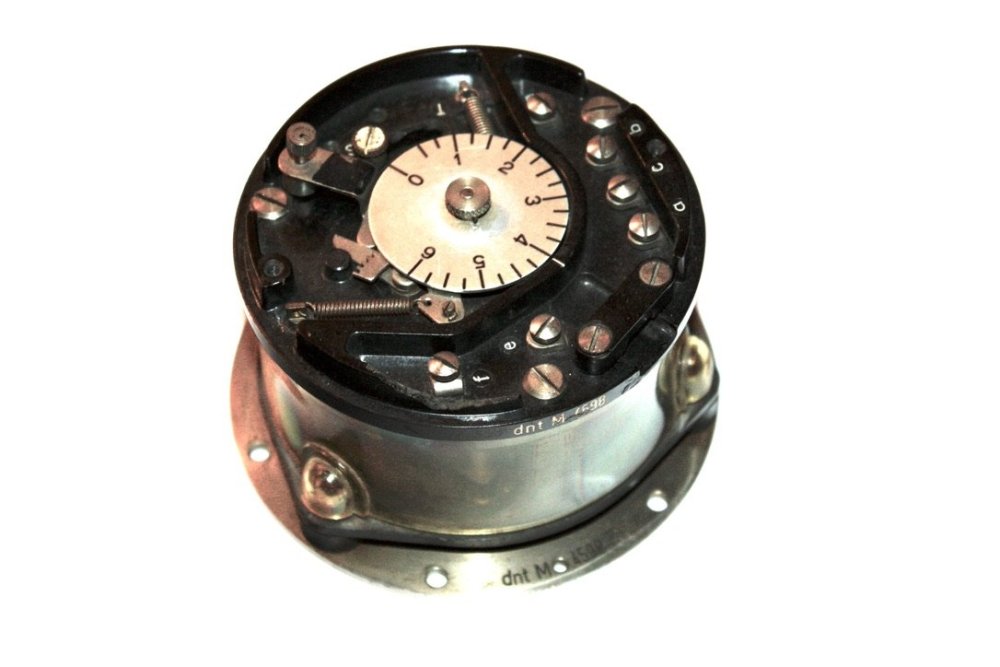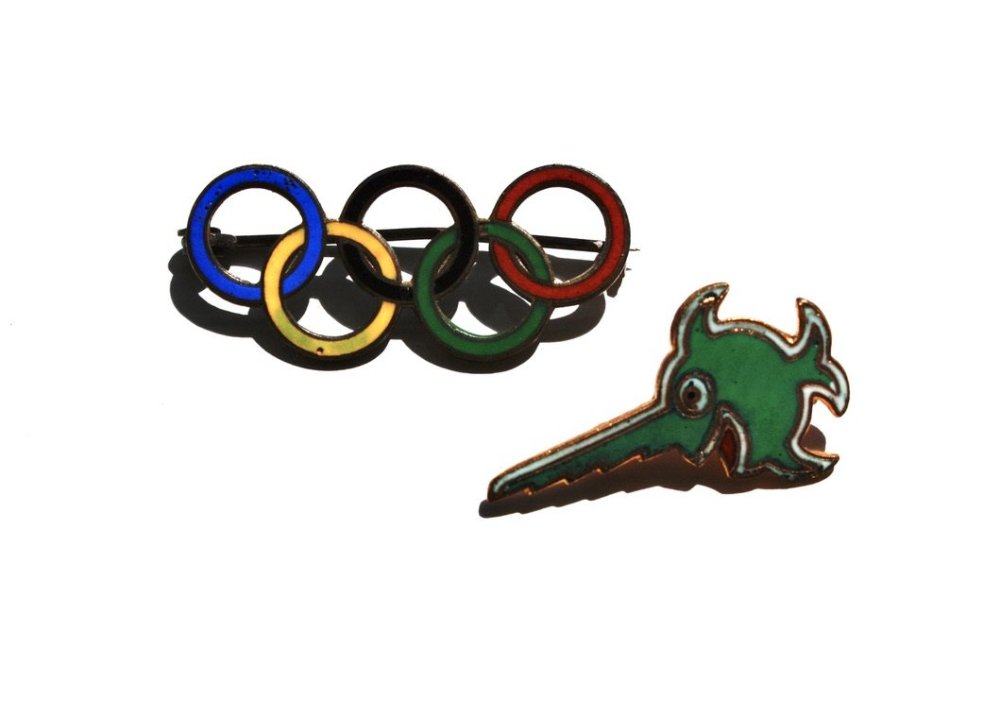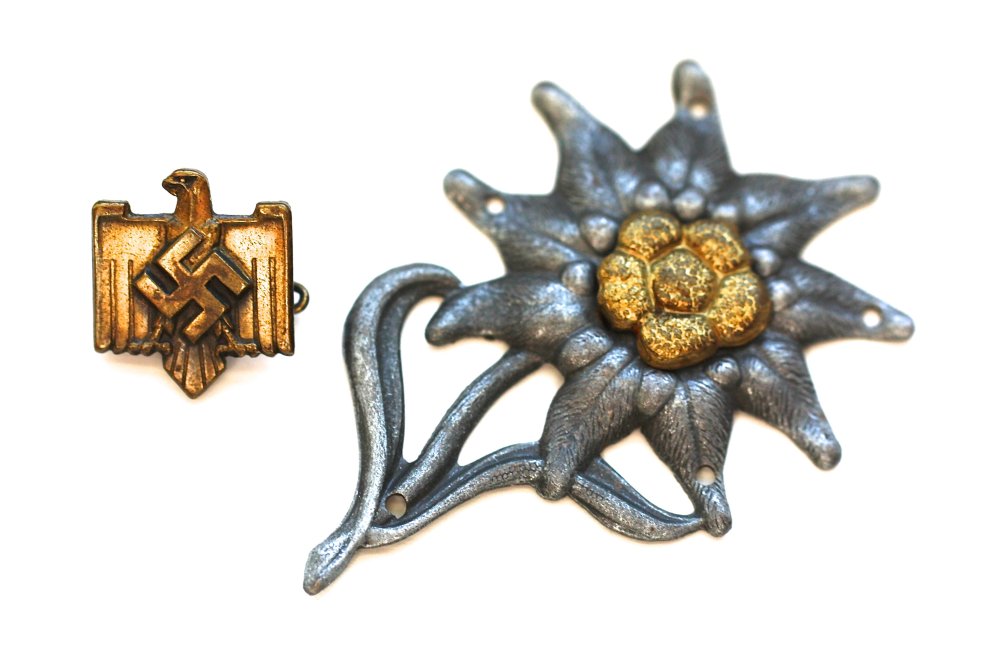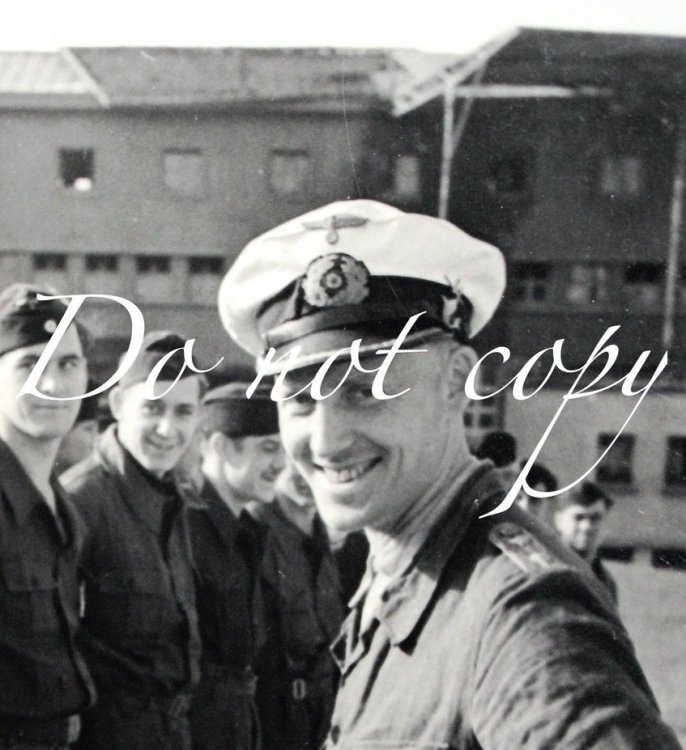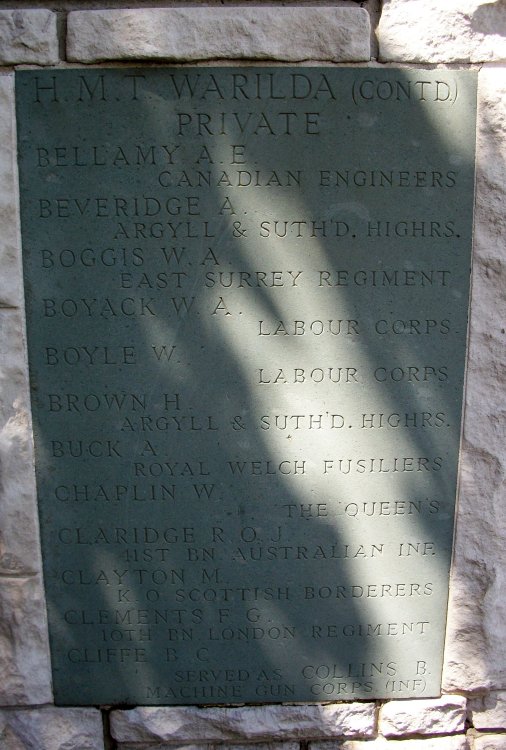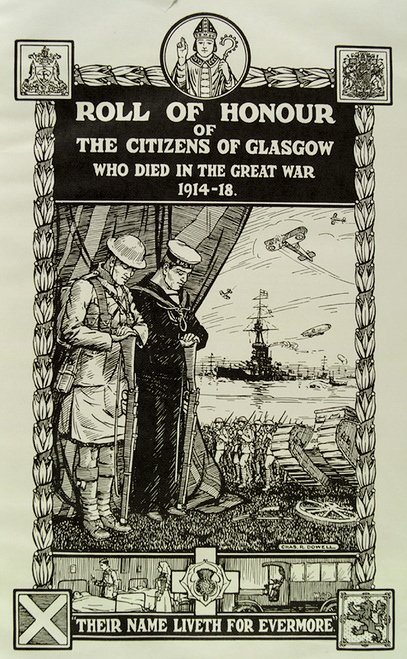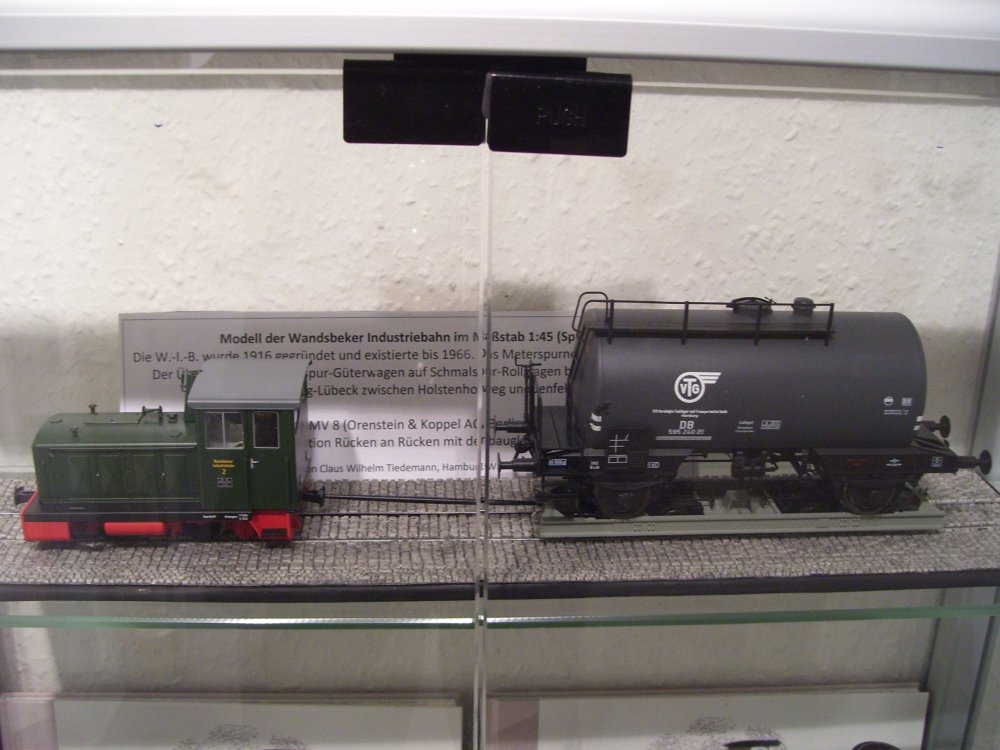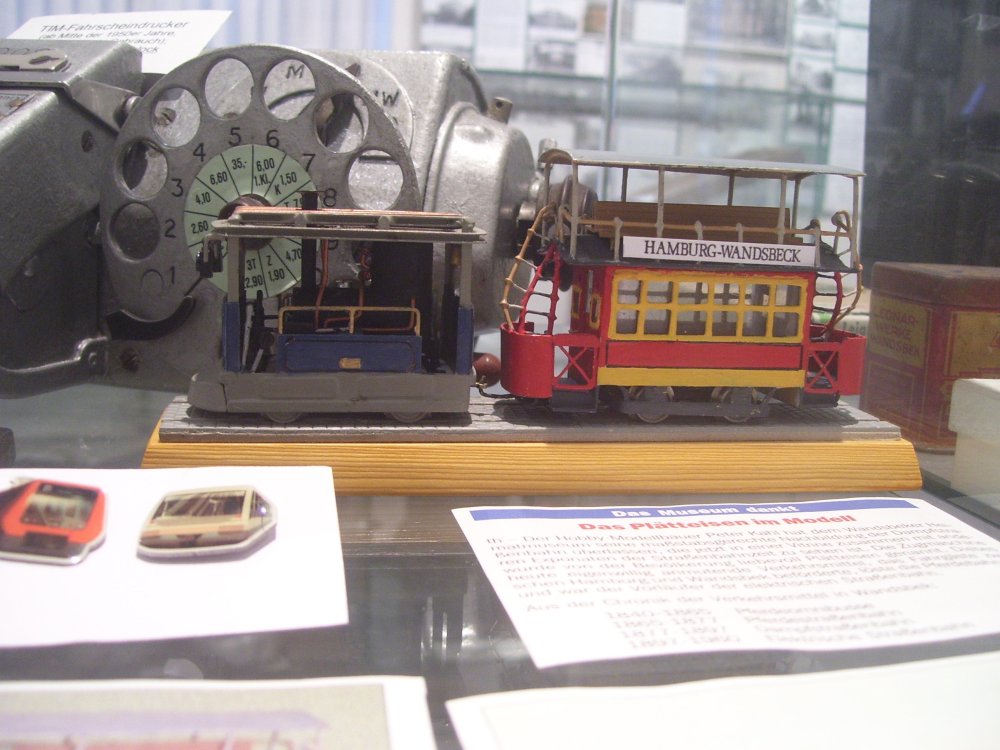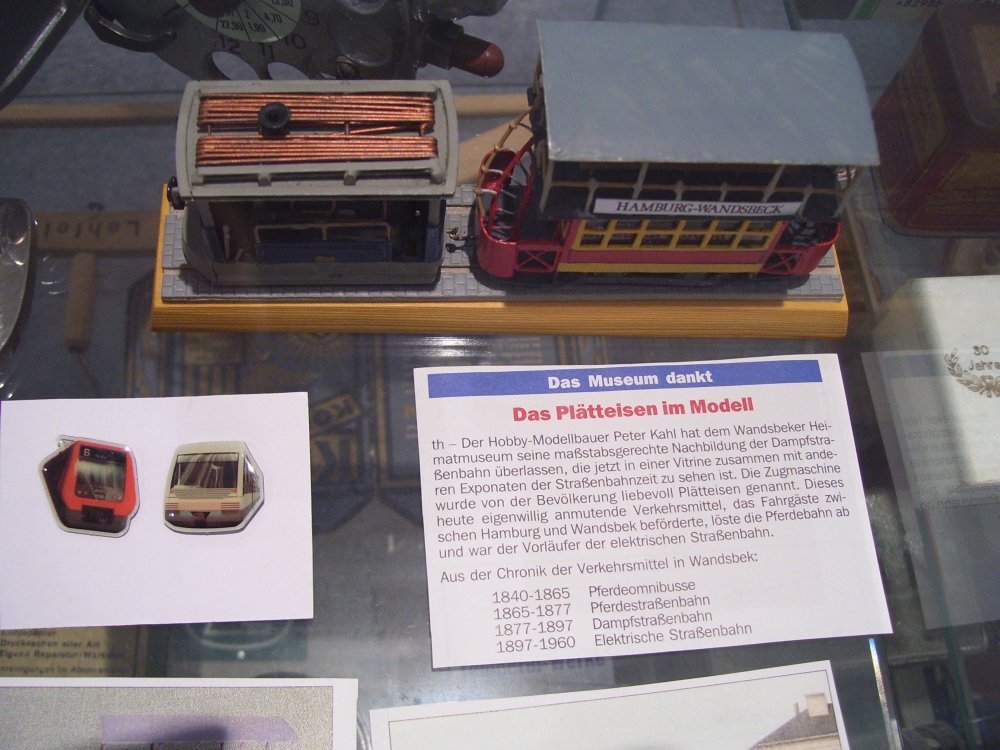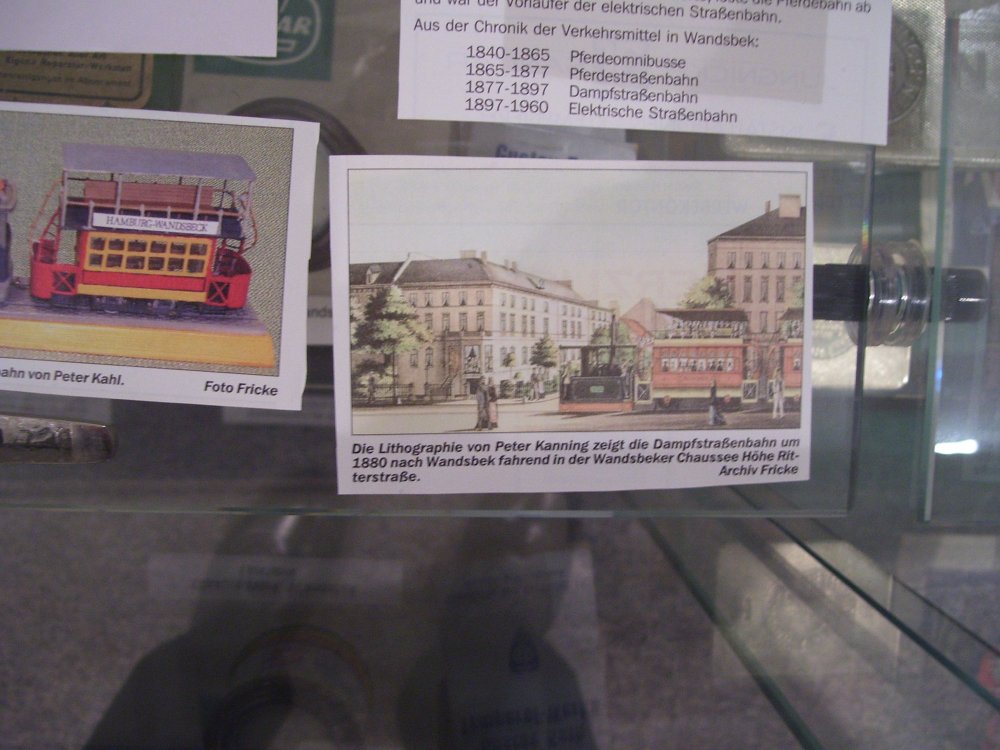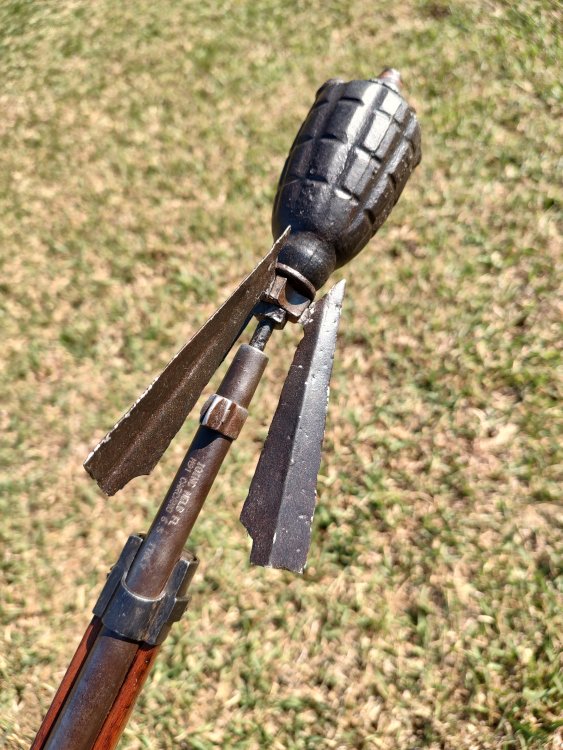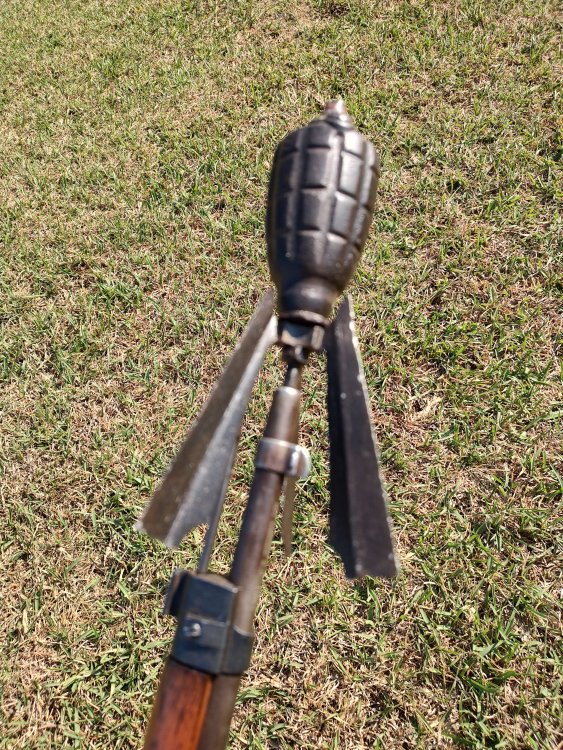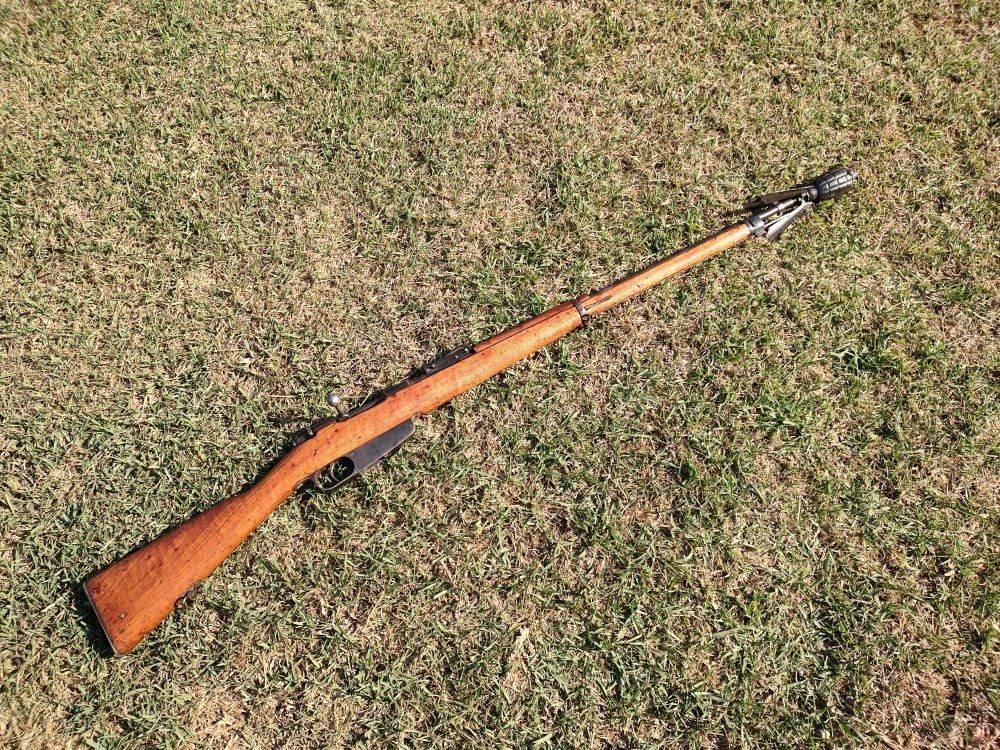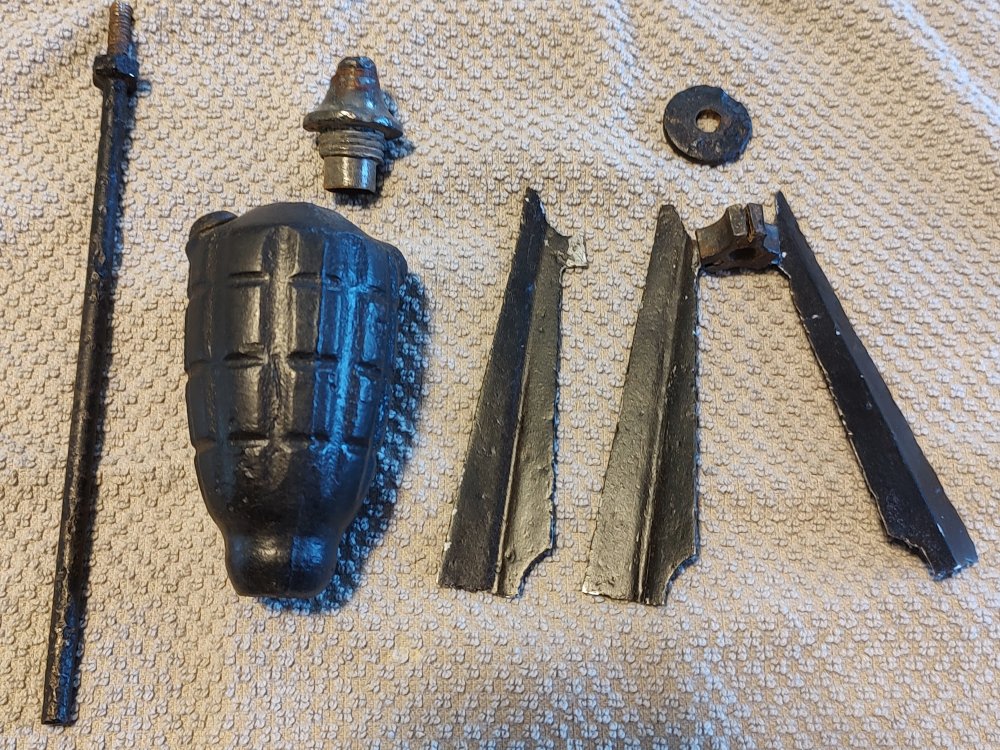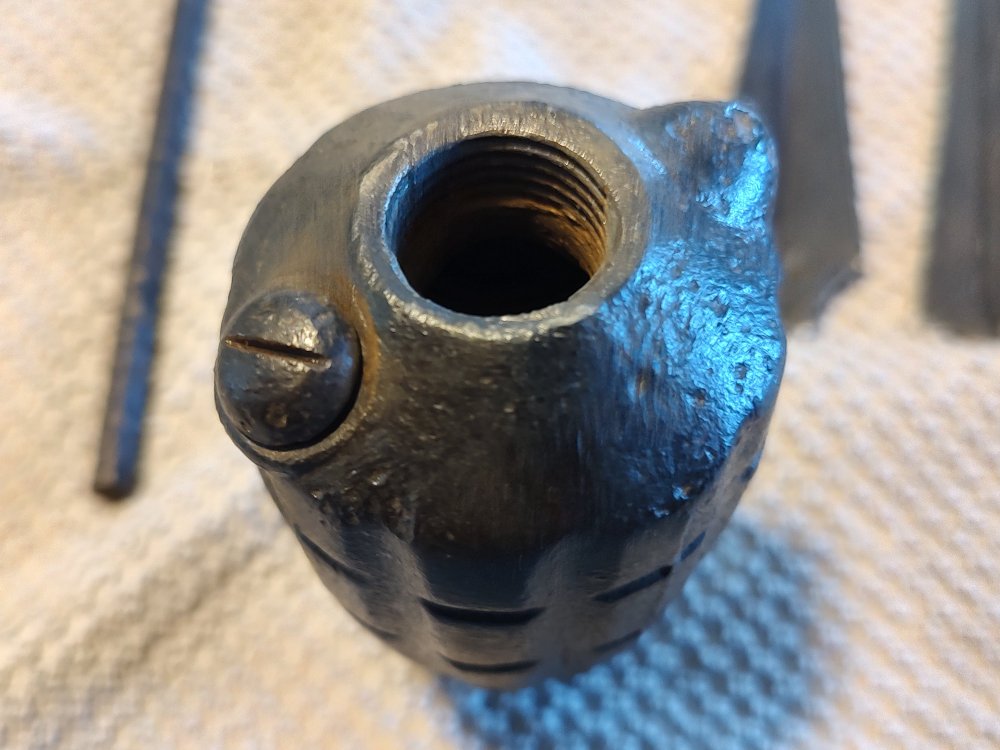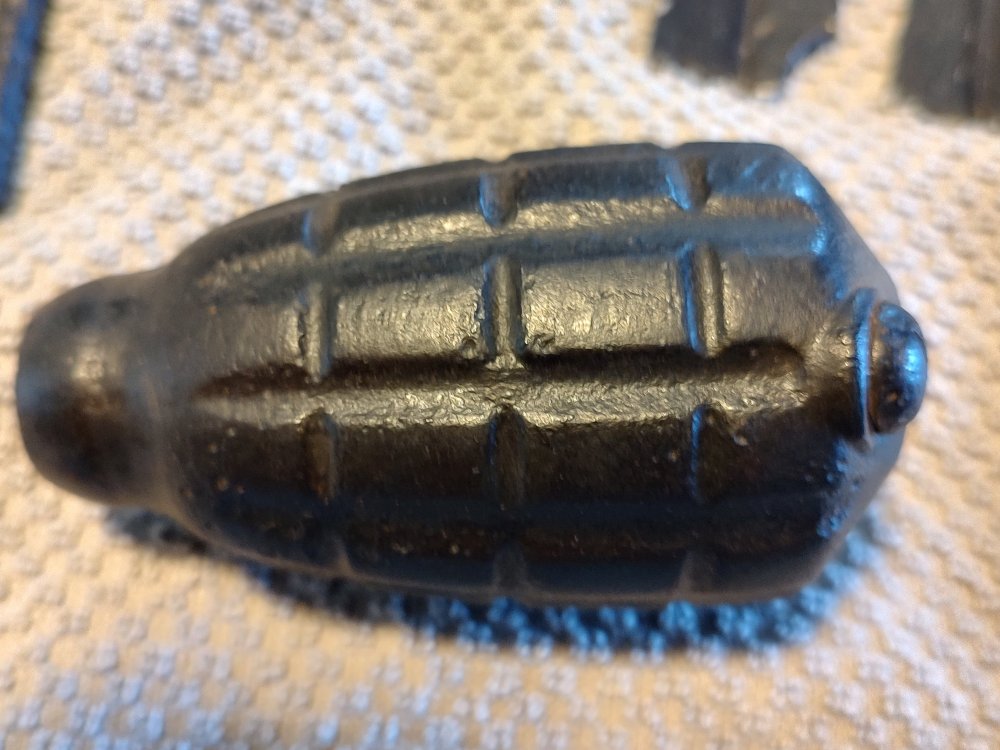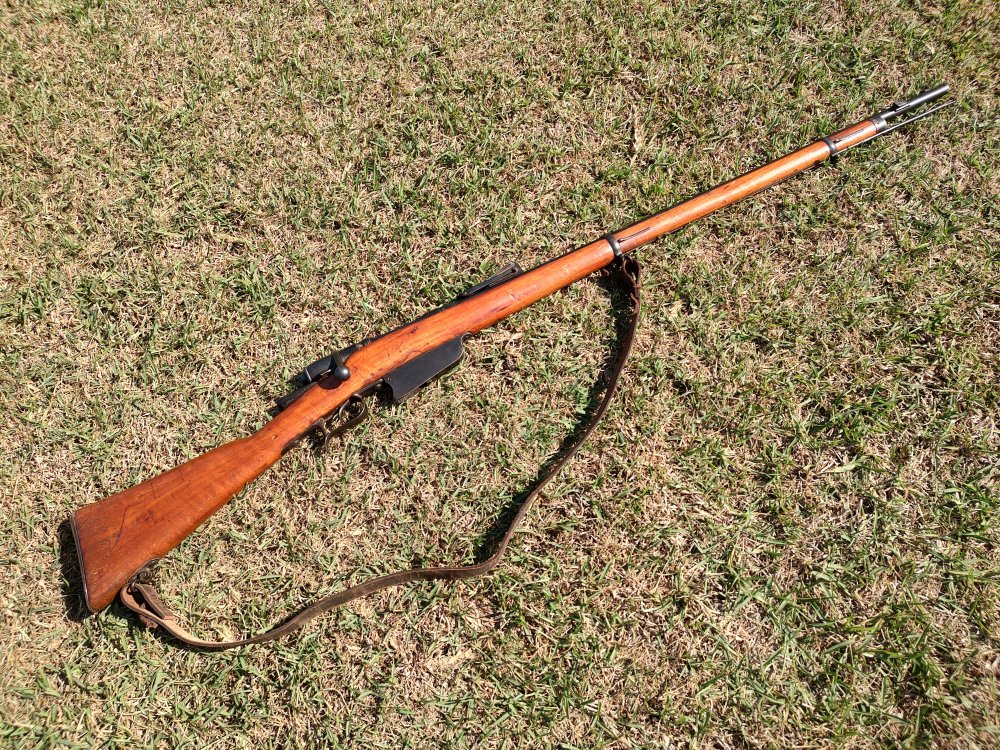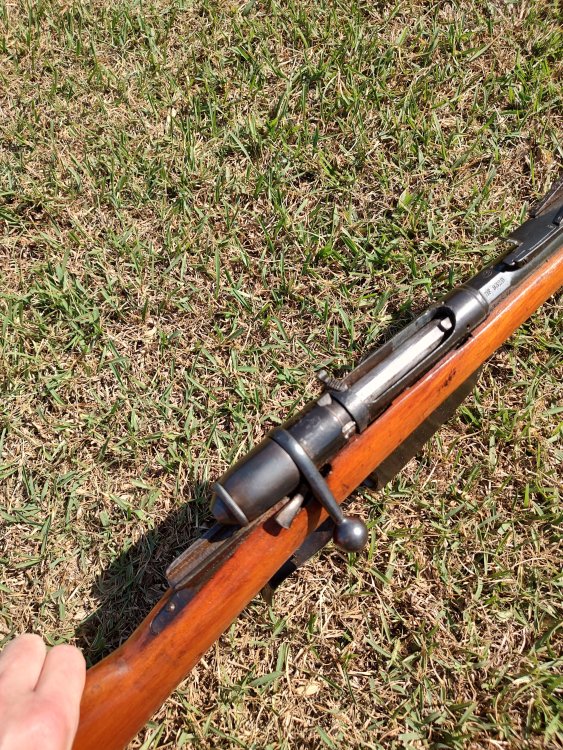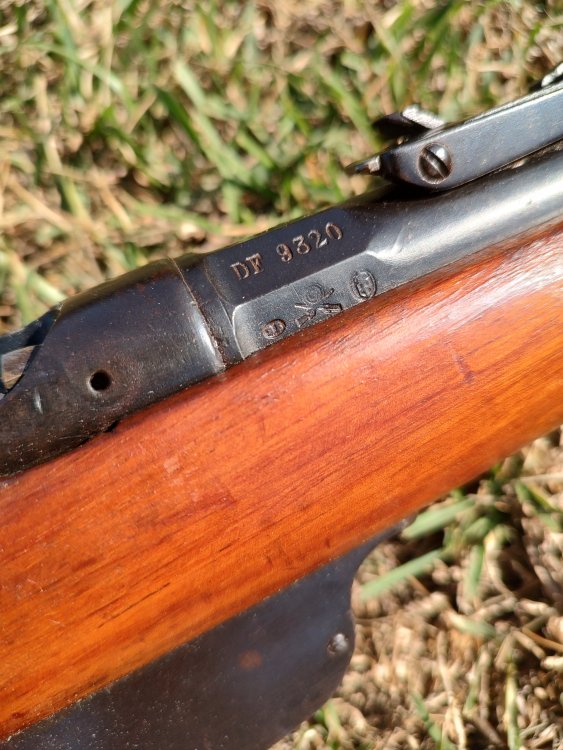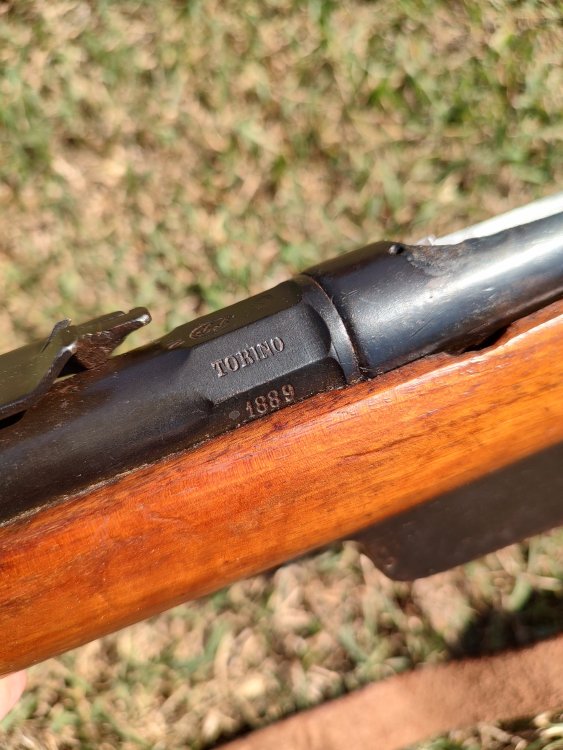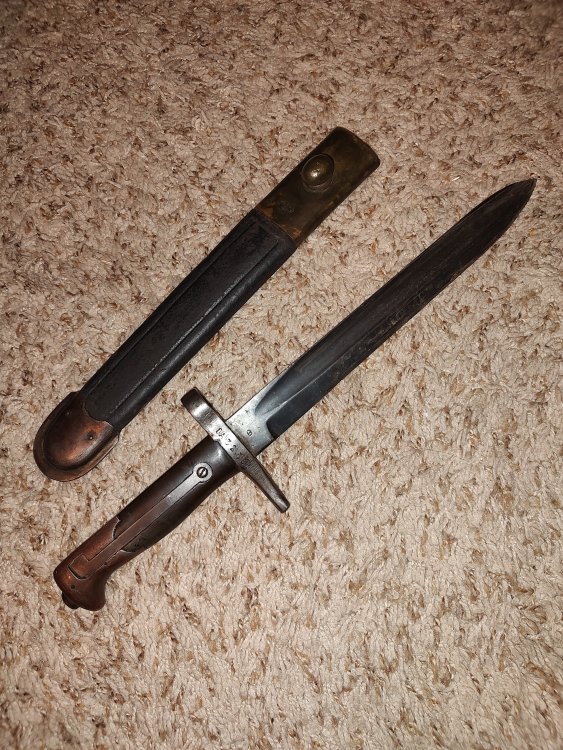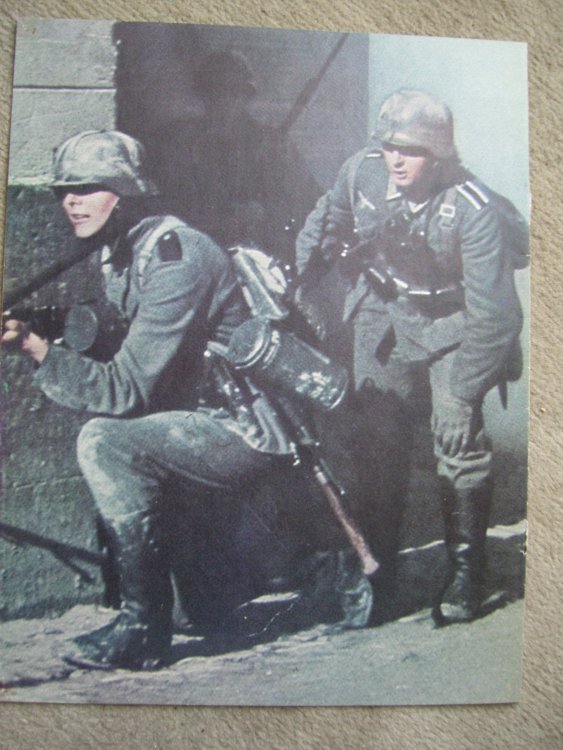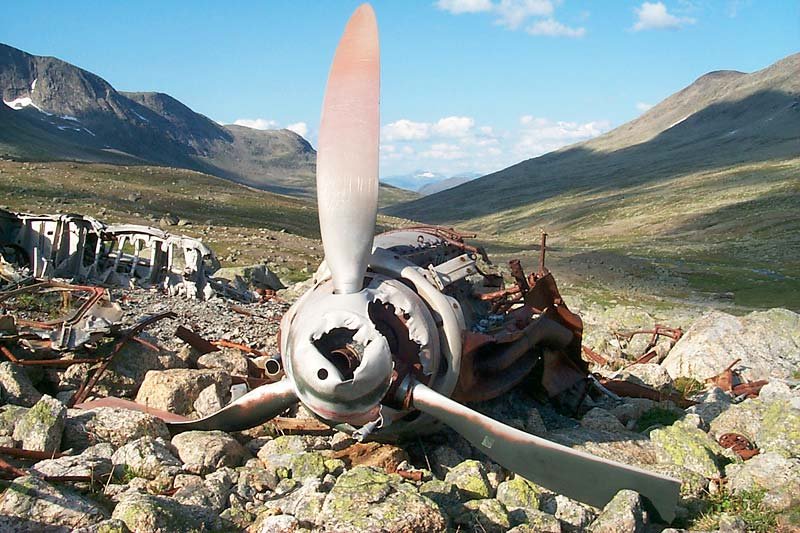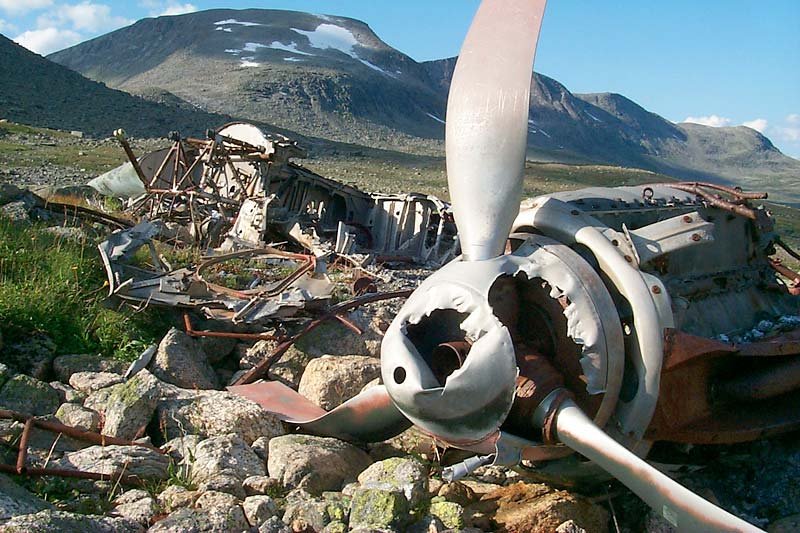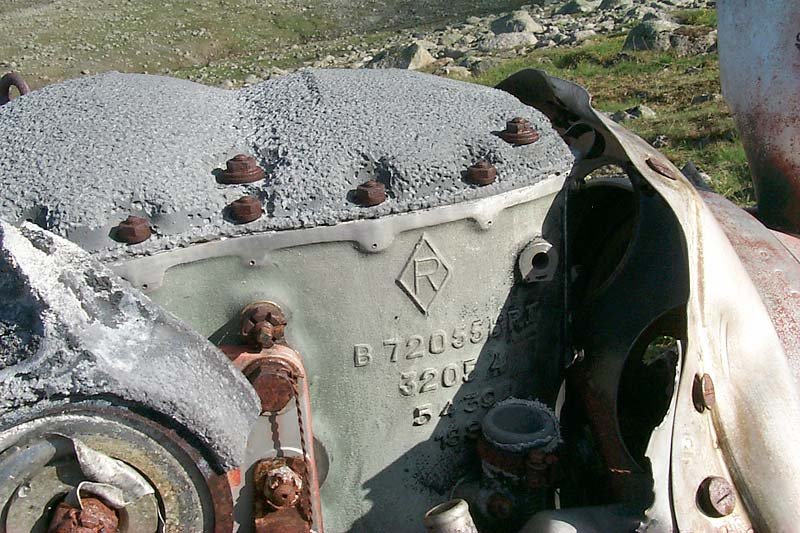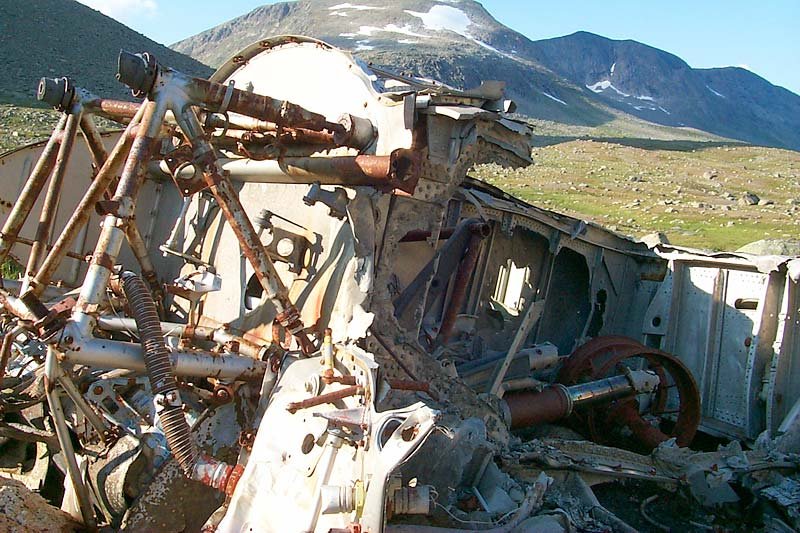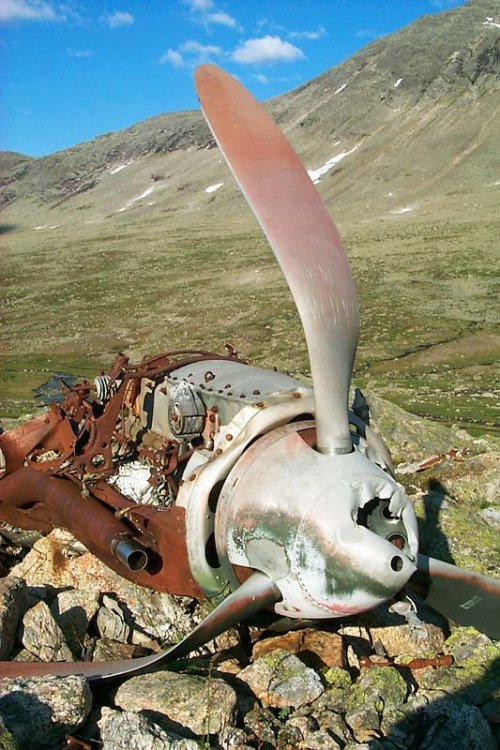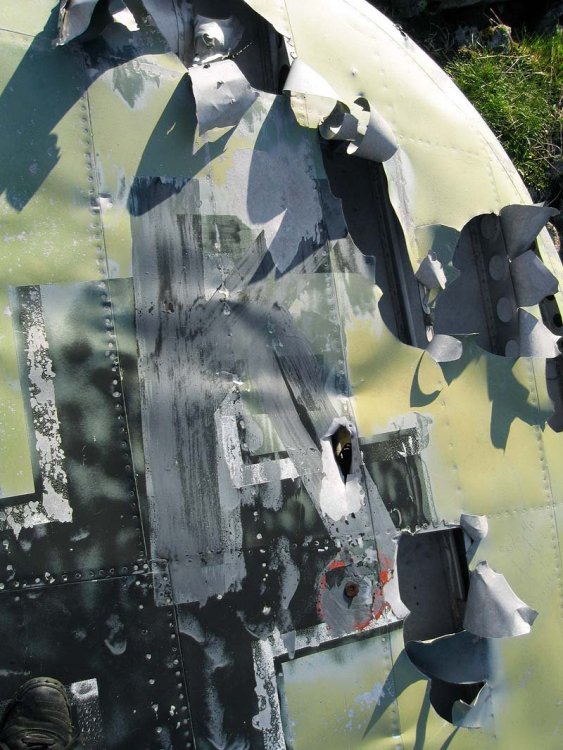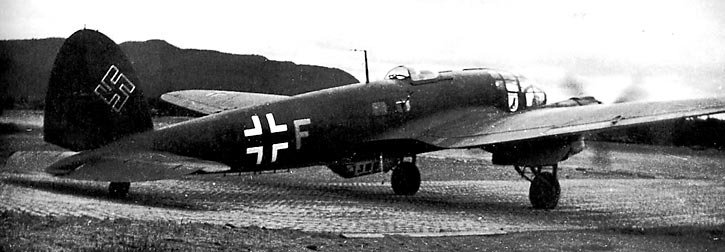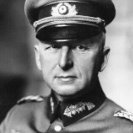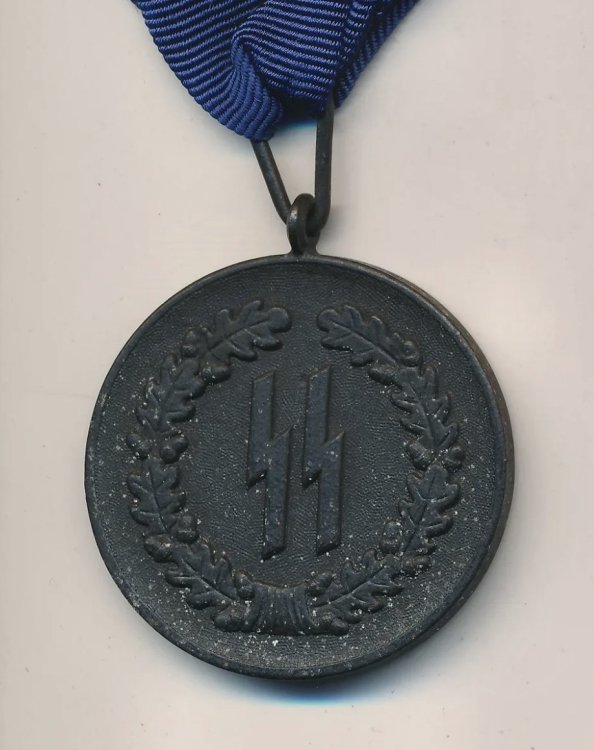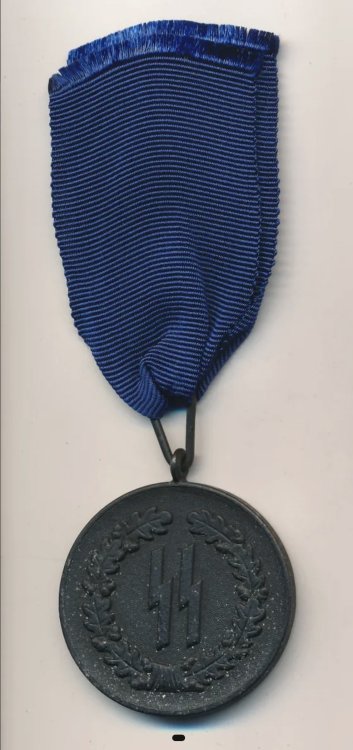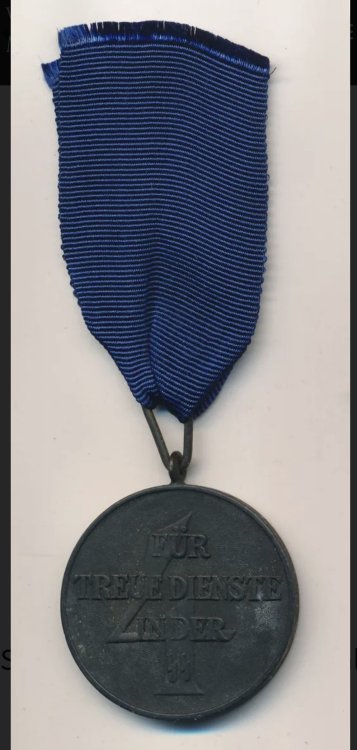All Activity
- Today
-
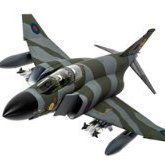
How to tell if a Iron Cross 1st and 2nd Class is Real or Fake?
phantom replied to Arran Sinclair's topic in The Iron Cross Forum
looks like post war Souval- 178 replies
-
- medals
- ww2 german
-
(and 1 more)
Tagged with:
-

Heinkel He 111 The last flying Heinkel He 111
Fritz replied to Kenny Andrew's topic in Aviation Forum
Progress is being made in the restoration of the Heinkel at Hawkinge - https://www.kbobm.org/heinkel_project.html- 13 replies
-
- 1
-

-
- Heinkel He 111 crash
- last flying Heinkel He 111
- (and 4 more)
-
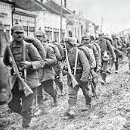
How to tell if a Iron Cross 1st and 2nd Class is Real or Fake?
Xcvu replied to Arran Sinclair's topic in The Iron Cross Forum
The swastika's edges look dull which is not a good sign.- 178 replies
-
- 1
-

-
- medals
- ww2 german
-
(and 1 more)
Tagged with:
- Yesterday
-

WW1 Era Mannlicher 88/90 Rifle
Gildwiller1918 posted a topic in De-activated and Antique Guns, Munitions and Fuzes
Here is my new Mannlicher 1890 Rifle or Infanterie Repetiergewehr M88/90. In 1888, the Austro-Hungarians changed the contract on their model 1886 rifles, mainly due to the French introduction of the smokeless powder Mle. 1886 Lebel. This involved moving away from the 11 x 58R cartridge to the 8 x 52R cartridge. The M88 was further upgraded to fire the new smokeless powder M1890 ball cartridge. The rifles that were modified for this were called the M88/90. This is a straight pull bolt rifle, and it is a very simple design with very few parts for disassembly. Some of the changes made to for the conversion to the new smokeless cartridge was adding a more narrow and shallower magazine, as well as a rechambered barrel and sight modifications. The barrel is stamped W-n 91 and marked OEWG. The rifle is about 50 inches long, and weighs 8.9 pounds, with a 5 round capacity magazine. Slightly over a million of these rifles were produced and like many other nations, these were also pulled out of storage for rear echelon units to replace massive losses at the front. This rifle at some point made it to Africa as it has the AOI stamp on the buttstock. This was a RTI gun, and was quite filthy and worn, but I cleaned it thoroughly and got it looking decent once more. -
Pictured from my collection is dome compass (top) with lower binnacle case, type used aboard a Schnellboot. The Eagle, left of the gothic letter M on the bezel, was denazified with black paint, but not damaged. It is visible, just not in this photograph. The compass and sunshade (bottom) are marked C. PLATH of HAMBURG by the maker.
-
Pictured from my collection is a stereoscopic range finder manufactured for the Kriegsmarine by Carl Zeiss Jena (blc). This instrument was used to accurately estimate distance to a target calculated through triangulation, based on the length of the range finder. It can be operated with or without battery. The range finder and all its accessories are kept in a grey painted wood storage box, not shown from collection. A range finder like mine is pictured on page 424 and page 425 of 'Deutsche Kriegsmarine Uniforms, Insignias and Equipment of the German Navy 1933-1945' by Eduardo Delgado.
-
- Last week
-
Pictured from my kriegsmarine collection is the emblem of the 1936 Olympics rings (top left) that was worn as an U-Boat tradition cap insignia by several crews, including U-165 and U-995. Also pictured is the insignia for the 9th U-Boat Flotilla 'Laughing Sawfish' (bottom right). Examples of the these tradition badges are on page 64, page 77, and page 83 of 'Torpedo Los! THE FASCINATING WORLD OF U-BOAT COLLECTIBLES' by Gordon Williamson.
-
Pictured from my kriegsmarine collection is an emblem and a badge used by the Ubootwaffe as tradition cap insignia. The emblem for the National Socialist League of the Reich foe Physical Fitness( left) was worn as an U-Boat cap insignia by the crew of U-274, as was the Edelweiss gap device of the German Army Mountain Troops (right) by the crew of U-124. Examples of the these tradition badges are on page 77, page 81, and page 83 of 'Torpedo Los! THE FASCINATING WORLD OF U-BOAT COLLECTIBLES' by Gordon Williamson. Pictured from my collection is a U-Boat tradition cap insignia 'Swordfish spearing an enemy sip' for the U-441 being worn by its Commander, Klaus Hartmann (white cap). All 51 hands, including Hartmann, died when U-441 was sunk by Allied depth-charges on 30 June 1944.
-
Update Alexander Married Elizabeth Campbell Baird born 1885 in Govan Glasgow, they were married on the 26 April 1912 and lived at 16 Cogan Street Pollockshaws. They had 4 children Mary Campbell Beveridge born 9th April 1912. George Beveridge born 4th April 1913. Alexander Beveridge born 11th April 1914. John Beveridge born 29th July 1917. This is how they are listed on his Pension Records. Alexander is remembered on The IWM .ORG.UK Lifestory by 2 people. Also on the Hollybrook Memorial Southampton. I also found him on the Roll of Honour of the Citizens of Glasgow, were he is listed twice, first at his Parents address of 24 Bengal Street Pollockshaws were he lived before he got married. and at 16 Cogan Street Pollockshaws were he lived after he got married giving the appearance that they are two different people when in fact they are the same person.
-
Wandsbeker Industriebahn, built 1916 by Orenstein & Koppel and in use till 1966, limited edition scale model as used by VTG Hamburg donated by Claus Tiedemann, Wandsbek Hamburg-Wandsbeck Omnibus scale model in posession of the Museum
-

Schlagerstar Karin Freyer, ABBA - and Ischgl (not related)
Fritz replied to Fritz's topic in Off Topic Chat
-

WW1 Italian Benaglia Rifle Grenade
Gildwiller1918 posted a topic in De-activated and Antique Guns, Munitions and Fuzes
Here is my new acquired WW1 Italian Benaglia Rifle Grenade. It is in overall very good condition with small areas of pitting on the main body. This was a rodded rifle grenade used with the M91 Carcano rifle. This is the 2nd model with only one filling hole and stabilizing fins. The range of this was about 130 meters (427 ft) and could be used in both the regular length and carbine Carcano's. -

WW1 Era Italian Vetterli Rifle
Gildwiller1918 posted a topic in De-activated and Antique Guns, Munitions and Fuzes
Here is a WW1 Era Italian Vetterli Rifle or Italian Fucile 1870/87/15. Many Nations during WW1 pulled obsolete weapons from storage for use to free up more modern weapons to cover the substantial losses at the front, Italy was no exception. The Italians decided to streamline their logistics by converting the Vetterli 10.4mm rifles to the same ammunition that the Carcano used. The modifications were not too complex and by using these newly modified rifles for rear units, guards, etc. the Italians freed up a lot of the more modern M91 Carcano rifles. This is a very large gun, at 53 inches and weighing just over 10 pounds. It had an internal magazine in which 6 rounds could be stored and used the Carcano 6.5 x 52mm cartridge. During WW1, around 1.3 million of the M1870/87 models were in storage, with many of these being given to the Russians, who were in desperate need of any weapons available. 400,000 remaining rifles were converted to fire the 6.5 mm Carcano cartridge such as this example. Like many other European nations that had colonies, these weapons made their way after WW1 into the hands of native & colonial soldiers to help police their respective empires and were seen in many conflicts including WW2. Barrel is stamped Torino, and dated 1889. It also has an accuracy stamp and a Savoy Crest on the right side of the barrel. The Bayonet is an arsenal shortened version of the M1870 Bayonet; it is stamped TA for Torre Annunziata. Non-Import Marked as well. -

High quality color & exceptional B/W photographs. German side
Fritz replied to Fritz's topic in Photos and Paperwork
-
here are backs. What about the badge. Its heavy, could be bronze but seems darker than originals i looked at?
-
lack of detail and the fact it is one piece, there are one piece Iron crosses but this is not one of them.
-
This one looks OK
- 1 reply
-
- 2
-

-

Unteroffizier Walter Neusüß posted missing, 29.5.1940
Fritz replied to Fritz's topic in Photos and Paperwork
Photos taken at Tverrdalen in 2006 2./I./KG 26 (Löwengeschwader) 1H+FK WNr.3158 29.05 1940 The aircraft in which Walter Neusüß was - Earlier
-
- 1 reply
-
- 3
-

-
they are pretty rusty.


